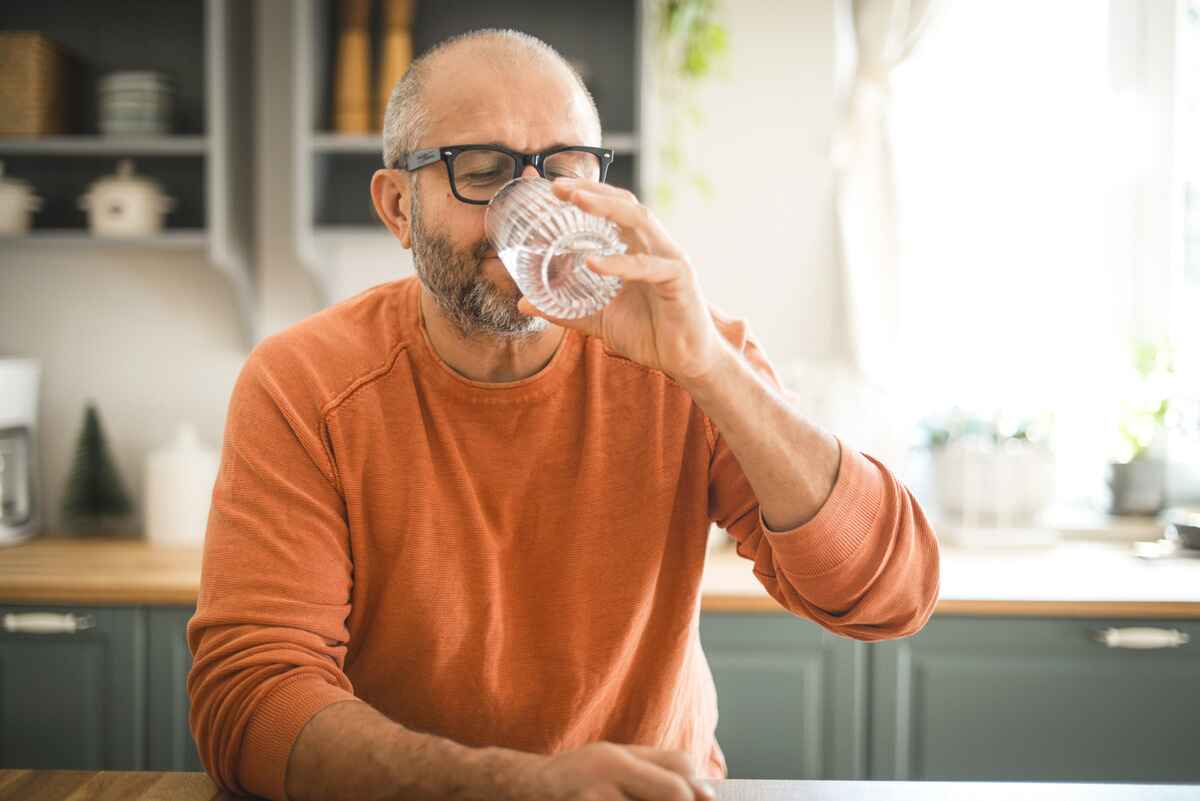-
Locations
Location Type
-
Patients & Visitors
Published November 01, 2023

Anyone who has had a kidney stone knows how painful it can be. Once someone gets a kidney stone, they have an increased risk of getting one again in the next five to 10 years. Thankfully, there are some steps people can take to reduce their risk.
Kidney stones are formed from the naturally occurring minerals in urine that can come together and crystalize. This can result in severe pain in the back or side that then radiates down towards the groin. Patients may notice that they are urinating more often, have blood in their urine and have a lot of discomfort while they’re going to the bathroom. A fever may suggest an infection in the kidney, which should prompt emergency care.
Lawrence + Memorial Hospital Urologist Timothy Tran, MD, associate professor of Urology at Yale School of Medicine, says some people may be more prone to kidney stones due to genetics or because they take certain medications. However, there’s no more powerful risk factor than not drinking enough fluids throughout the day.
“If you were to drink a lot of water, then you can really minimize your risk and the reason why is because the concentration of the minerals that are typically present in your urine are going to be separated out,” said Dr. Tran. “For example, if you have two things that are trying to get together and they’re swimming around in an ocean, it will be very hard to find each other. On the other hand, if they’re sitting in a bathtub together, it’s almost certain then that crystallization reaction is going to occur.”
Everybody has different needs but in general Dr. Tran recommends drinking around 3 liters of fluids per day. Diet can also play an important role in preventing kidney stones. That includes adding in more fruits and vegetables and reducing the number of processed foods and meat. Citrus can be helpful, so people who struggle to drink water may benefit from squeezing lemon, lime or grapefruit into their glass.
One common misconception is that people who are prone to stones should reduce their intake of calcium rich foods because most stones are made up of calcium and oxalate.
“Studies show people that eat a low amount of calcium have a higher kidney stone risk compared to people that eat a normal amount. That’s because the calcium, while it binds the oxalate in urine, it also binds the oxalate in your stomach and keeps it from being absorbed into your bloodstream and therefore making its way into your urine and forming a kidney stone,” said Dr. Tran.
There are several options for treating kidney stones. Very small stones may be able to pass naturally. However, Dr. Tran says due to the pain some people don’t want to wait. One procedure that can be done is called Shock Wave Lithotripsy or SWL, which uses shockwaves to break up a stone before the patient passes it. Another option is a procedure that uses a laser to break up the stone and then all the pieces are removed. After this kind of procedure most people feel much better right away.
Patients who have had a stone then have the option of performing a metabolic analysis to determine what their individual urinary stone risk factors are. This can be valuable information moving forward to try and reduce the risk of developing another stone in the future. Instead of trying different supplements or guessing which foods to eat and which ones to avoid, patients can know what their body actually needs.